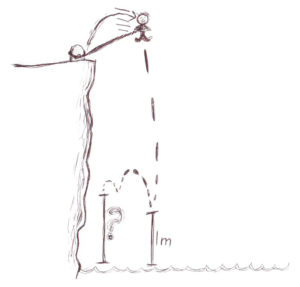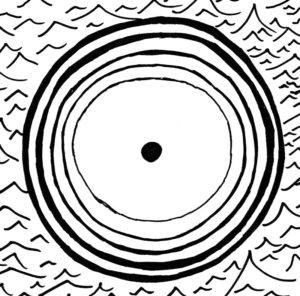This challenge has calculus and algebra.
We begin this problem by defining a few variables and functions, see below.
Let a ‘functional triangle’ be a relationship between three functions shown, denoted by the two large circles.
The properties of such are shown.
Then, a ‘meta-functional triangle’ is denoted in the same manner be a functional triangle with the given additional property.
The challenge is to find a meta-functional triangle. Good luck!


